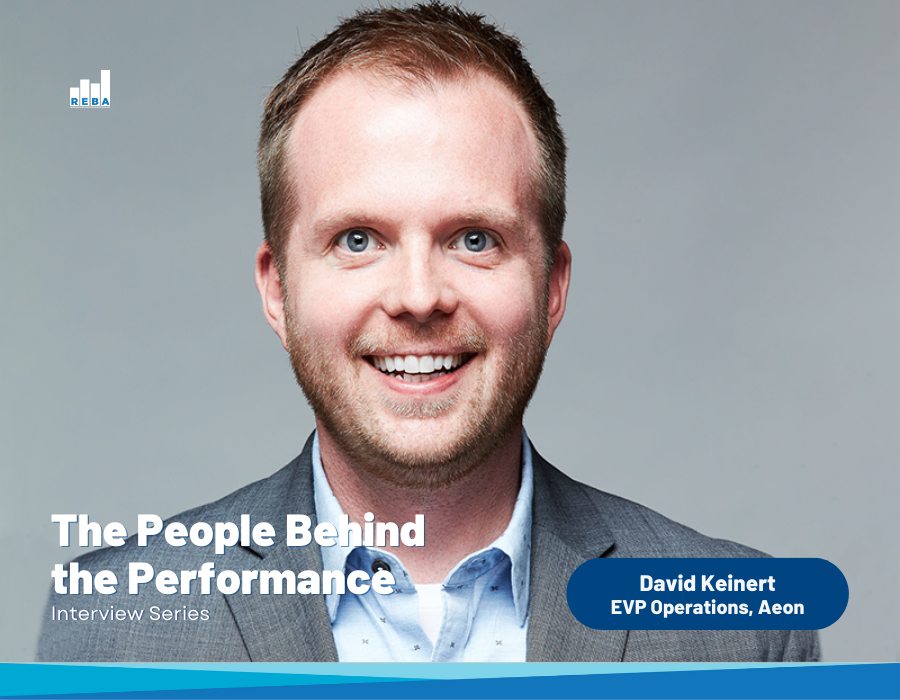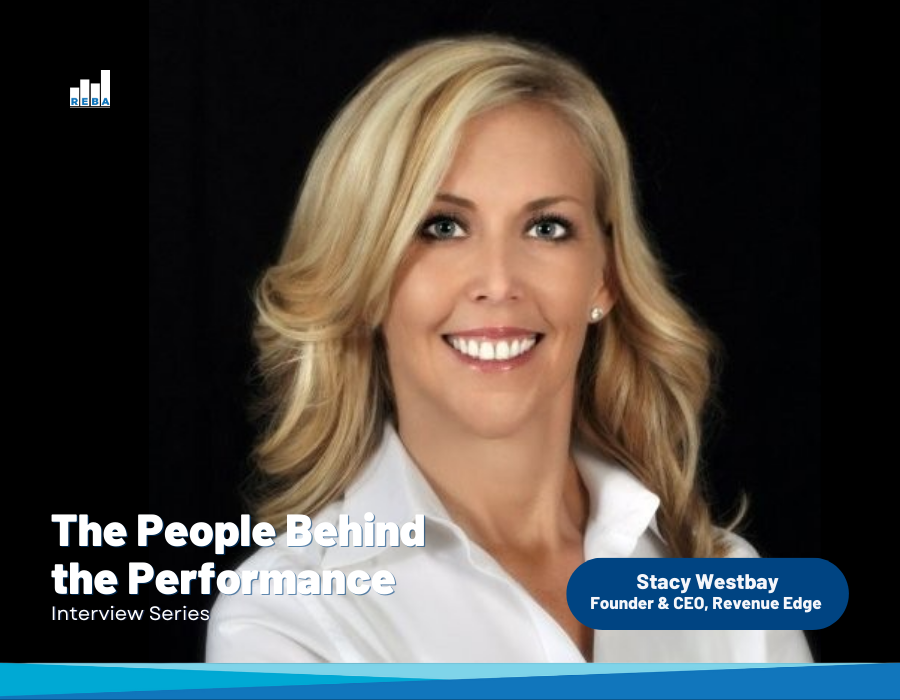Our desire to change the budget season narrative stems from more than 25 years of multifamily budgeting experience and the ongoing pain that we hear across the industry when “that season” rolls around.
You’ve heard us say it before, but it’s time to break up with Excel. It’s not an enterprise solution and put more simply, it’s not a solution built for multifamily budgeting needs. So, while Excel may have been a stop-gap solution that “fit” your portfolio needs in the absence of a better purpose-built application, you now have better options that were designed with you in mind.
We believe that the key to taking the pain out of budget season is by building intelligence (or genius) into your budget application. By having your budget software do most of the heavy lifting, you leave operators to contribute unique inputs specific to their portfolio. Why require so many man-hours from the field when subject matter experts in more centralized locations can create budget assumptions, load them in bulk across multiple properties and then allow operators to review and comment on results?
Ready to take the pain out of your budget season now? Download our Budget E-Book Today!
Here are a few examples of what building genius into the multifamily budgeting system means when it comes to costs and rents.
Building Genius into Standard Costs
One way of building genius into the budget is having a standard cost sheet that preloads known costs into the application and gives operators a way to select costs that apply to them or allows the model to reflect changes.
For example:
- Preloaded ILS costs because you know which properties are participating in which listing services.
- Preloaded costs per unit/item but the Community Manager has to input the number of items they have on-site (ex. iPad).
- Scenarios where costs are based on metrics (ex. revenue management system priced per unit per month, or gift baskets priced per number of move-ins) so when revenue assumptions change and the model comes out with different move-in and move-out counts, the expenses automatically update.
Building Genius into Rents
Getting rent forecasts right is a notoriously difficult challenge, so being able to put the rent forecast intelligence into the model to take inputs like seasonality, expected annual rent growth, renewal strategy, and others make for a great solution that helps take the "season" out of budget season.
Great budget and forecasting tools then make it as simple as possible to assign these inputs at the community-unit type level along with the flexibility to assign different assumptions to different business situations (ex. 3-bedroom homes have different seasonality than 1- and 2-bedroom homes).
Entering each assumption individually to each community/unit type would be very time-consuming, not to mention painfully tedious. A better, and much more efficient, way to do this is to assign values for drivers to profiles (ex. aggressive rent, constrained rent, etc.).
These profiles can, in turn, be combined into packages that are assigned to multiple community/unit type combinations, (ex. Boston high-rise, Atlanta garden, Nashville 3BRs).
This saves many keystrokes and makes it easy to talk about budget/forecasting assumptions!
Purpose-built budget applications, particularly ones built by multifamily people for multifamily people, will help you have a less painful budget season. They also allow you to make your budget a year-round tool, instead of a “set it and forget it” one-time, seasonal project. Your budget should be used as a feedback loop to guide your year and drive performance.
We’ve put these tips, and more, in our Multifamily Guide to Budgeting Ebook. Be sure to grab yours today and get one step closer to a less painful budget season.





.jpg)
SHARE